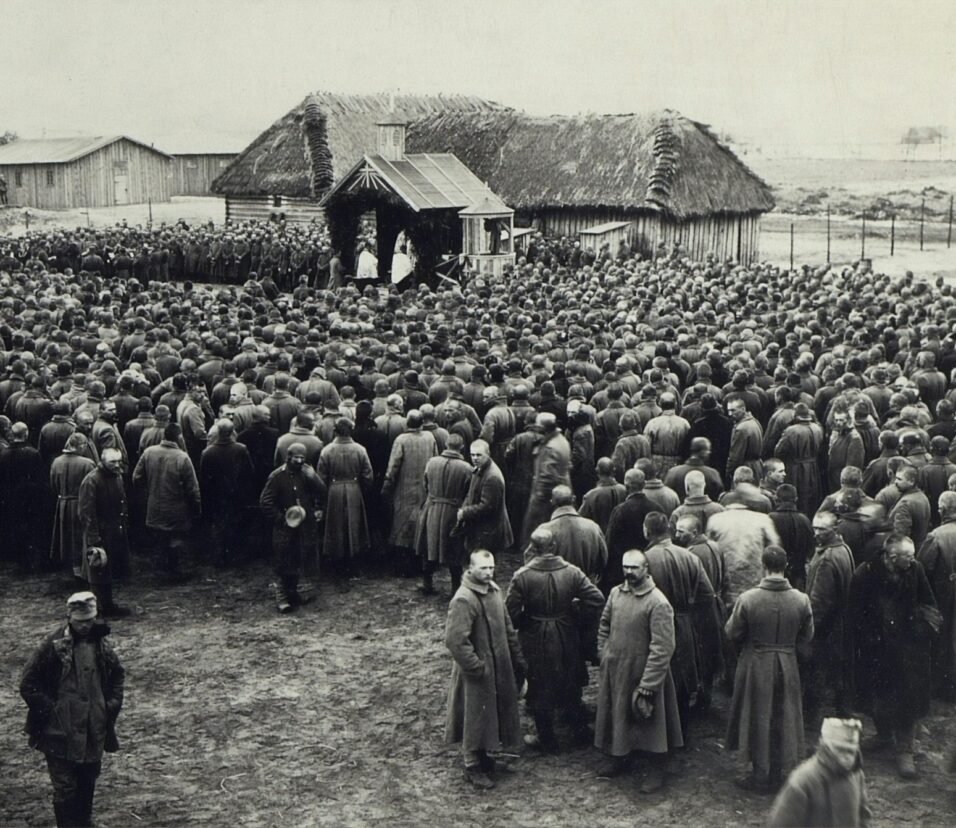Introduction:
After the devastation wrought by World Wars I and II, it became evident that mechanisms for international cooperation were vital. This recognition led to the establishment of post-war organizations aimed at preventing conflicts, facilitating cooperation, and ensuring global stability. This article delves into the formation, objectives, successes, and challenges of these crucial entities
The League of Nations: The Forebearer
Origins:
Established in 1920 after World War I, the League of Nations was the first global intergovernmental organization aiming to maintain peace.
Achievements:
Despite its limited success, the League settled some international disputes and laid the groundwork for future international cooperation.
Shortcomings:
The League was unable to prevent World War II due to structural weaknesses and the absence of key global powers.
The United Nations (UN): A Phoenix’s Rise from the Ashes
Formation:
In 1945, with lessons learned from the League’s failures, the United Nations was founded.
Objectives:
To maintain international peace and security, promote human rights, foster social and economic development, protect the environment, and provide humanitarian aid.
Structural Overview:
Key components include the General Assembly, Security Council, and specialized agencies like UNESCO and WHO.
Challenges:
While instrumental in many global peacekeeping operations, the UN often faces criticisms over bureaucratic inefficiency, unequal representation, and occasional failures in peacekeeping missions.
The International Monetary Fund (IMF) and World Bank: Rebuilding Economies
Inception:
Both entities were established in 1944 during the Bretton Woods Conference.
Roles:
The IMF focuses on monetary cooperation and financial stability, while the World Bank provides financial and technical assistance for developing countries.
Critiques:
Both have faced criticisms for imposing stringent conditions on loans, which sometimes lead to economic hardships in borrowing nations.
The North Atlantic Treaty Organization (NATO): Collective Defense Mechanism
Origins:
Formed in 1949 as a response to growing Soviet aggression in Europe.
Purpose:
A political and military alliance guarantees the freedom and security of its members through political and military means.
Expansion and Challenges:
NATO’s expansion into Eastern Europe after the Cold War has been a contentious issue, especially with Russia.
The European Union (EU): From Economic to Political Integration
Beginnings:
Emerged from the European Coal and Steel Community and the European Economic Community, aiming to foster economic cooperation after World War II.
Growth:
It expanded its mandate from economic collaboration to encompass political integration, resulting in the Maastricht Treaty and the formation of the EU in 1993.
Current Challenges:
Brexit, financial crises, and debates over centralization highlight some of the challenges the EU faces today.
World Trade Organization (WTO): Globalizing Trade
Establishment:
Formed in 1995, succeeding the General Agreement on Tariffs and Trade (GATT).
Objective:
Regulate international trade, ensure the smooth flow of trade, and settle disputes.
Challenges:
Accusations of being biased toward wealthy nations and not adequately addressing the needs of developing countries.
The Comprehensive Nuclear-Test-Ban Treaty Organization (CTBTO): A Leap Towards Nuclear Disarmament
Inception:
Created after the Comprehensive Nuclear-Test-Ban Treaty (CTBT) in 1996.
Role:
Monitor and prevent nuclear explosions, paving the way for a world without nuclear weapons.
Issues:
The treaty is yet to come into force as key nations have not ratified it.
The World Health Organization (WHO): Global Health Guardian
Formation:
Established in 1948 as a specialized agency of the United Nations, WHO has its headquarters in Geneva, Switzerland.
Objectives:
To ensure better health outcomes for people worldwide by combating diseases, promoting general health, and supporting countries in healthcare crises.
Achievements:
WHO played an instrumental role in the eradication of smallpox, and the fight against polio, and has been at the forefront of addressing global pandemics, such as HIV/AIDS, Ebola, and COVID-19.
Challenges:
The organization often struggles with funding issues, political interference, and criticisms of being slow to respond to health emergencies.
The International Labor Organization (ILO): Championing Workers’ Rights
Origins:
Founded in 1919, the ILO was formed out of the Treaty of Versailles, making it one of the oldest international organizations.
Purview:
To promote rights at work, encourage decent employment opportunities, and enhance social protection.
Accolades:
In recognition of its efforts, the ILO was awarded the Nobel Peace Prize in 1969.
Current Issues:
The ILO continues to address contemporary challenges such as child labor, unequal pay, and the evolving nature of work in the digital age.
The United Nations Educational, Scientific and Cultural Organization (UNESCO): Preserving Cultural Heritages
Formation:
Established post-World War II in 1945.
Role:
To promote international collaboration in education, science, culture, and communication.
Significant Projects:
UNESCO is best known for its World Heritage Site program, which identifies and preserves sites of cultural or natural importance to humanity.
Challenges:
Politics often intersects with its mission, leading to controversies and debates over site listings.
Conclusion:
Post-war organizations have played pivotal roles in shaping the modern world order, fostering cooperation, and preventing large-scale conflicts. While they’ve achieved significant successes, challenges persist. However, in an interconnected world, these entities remain more relevant than ever, acting as vital instruments for global peace, cooperation, and stability.







